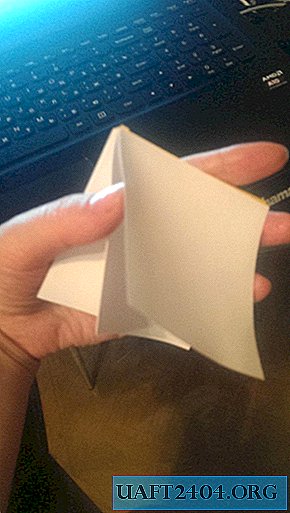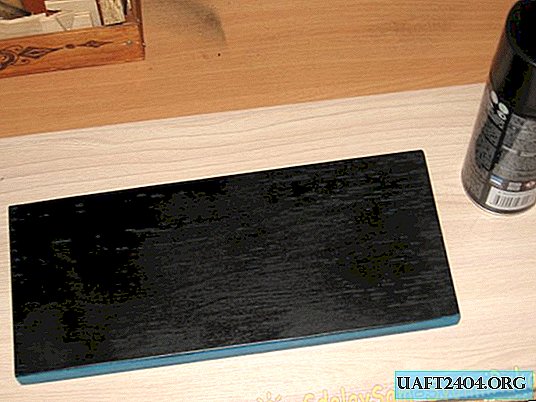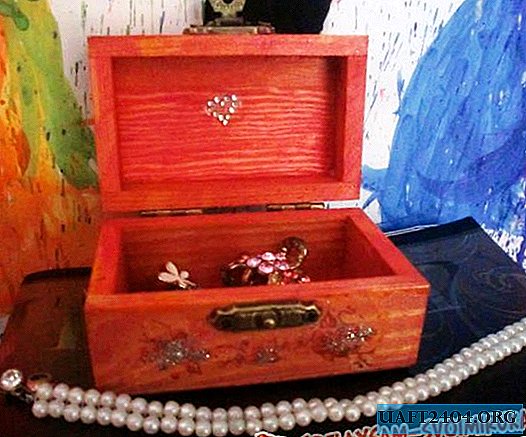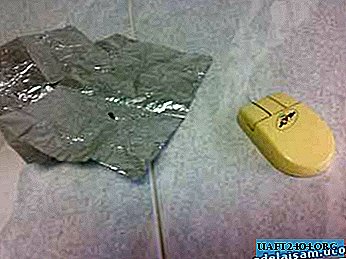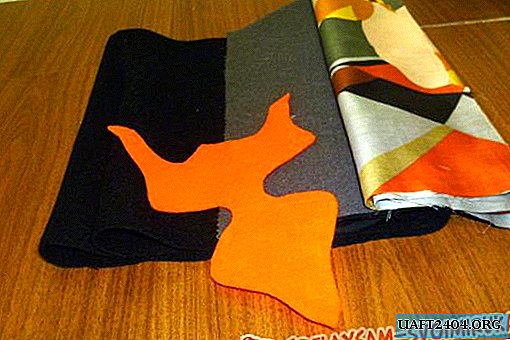Share
Pin
Tweet
Send
Share
Send
First, we will prepare the necessary materials for work. It:
1. The basis for the card is pure white or with a pink tint.
2. Paper for quilling: pink, dark crimson and black (dark blue) colors. Width is 3 mm.
3. A tool for quilling (you can use a toothpick).
4. PVA glue.
5. The brush.
6. Scissors.
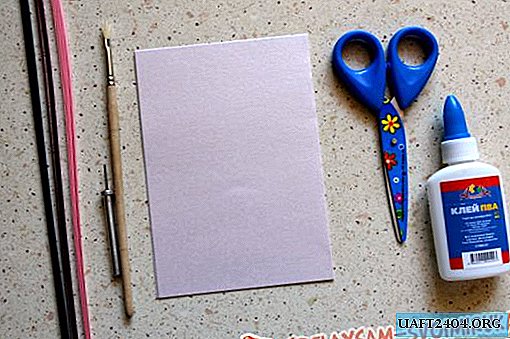
It is recommended to visually determine the general scheme of the tree and its branches visually, to consider how it will be located and in which part of the card. You can mark it with a pencil, but do it carefully to save the base. On the submitted or actually drawn drawing, we impose the stripes of paper themselves. The tree will be dark in color, black with slight tints. Usually strips are smeared with glue from the side so that the PVA is not visible on the finished work and thereby does not spoil it. Here you can not aspire to this, since almost the entire space will be occupied either by hearts or by a tree - there will be no adhesive.

Then you need to work out the internal structure of the tree, that is, add the central details and in some places additional elements, for example, at the branches. Using pink and dark crimson paper, we will make hearts of different sizes, placing them on the crown of a tree, as if it were its leaves or fruits. Hearts can be made using two slightly curved spirals connected to the appropriate shape. The second option: take only one strip of paper, bend in half and twist the ends into the inside.

We begin to fill the hearts. To do this, we will make many colored open (with an unsecured end) spirals, and place them in voids. Spirals can be of various sizes. It all depends on the idea: the little ones will need more, with them the hearts will look refined and more expressive upon closer examination; if you take large enough, you can pay attention to the curvature of the lines and give a certain delicacy to the figure.


The time has come to finish the tree trunk and its branches - the most difficult part of the work. The lengths of the strips should be selected by eye and then tried on. It’s easier to fill in the basic elements — the long branches and the trunk — first. It looks more harmonious if the lines smoothly flow one into another, without obvious breaks or unnatural transitions.

To get the effect that the tree is painted and represents a single whole, you need to use more paper when creating it and to avoid any gaps in the figure. Although it’s enough to use 4-5 lines per branch and about 12 per trunk to give the tree a texture. So, everything is ready.

Good luck and further success in creating your own masterpieces!
Share
Pin
Tweet
Send
Share
Send

